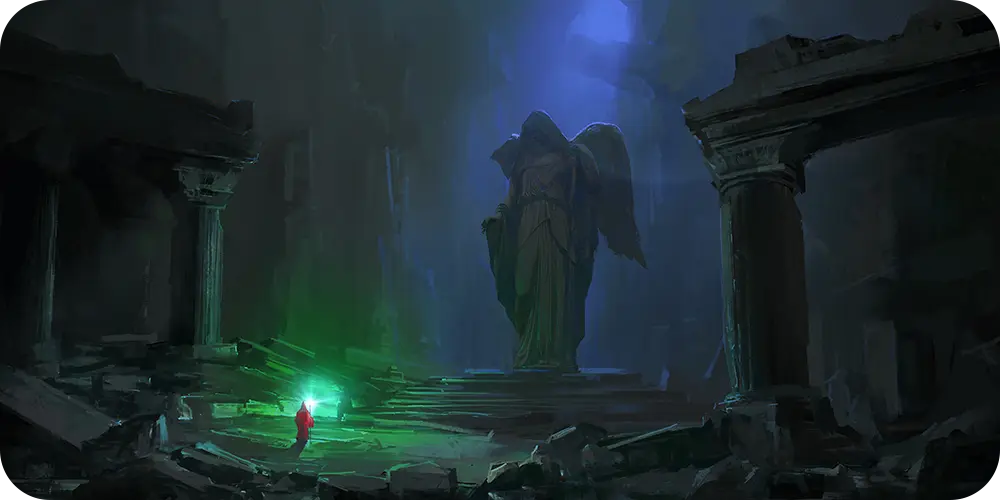The Role of Magic in Dwarven Society
The Importance of Magic in Dwarven Culture
Magic in Kelly’s narrative isn’t just a tool for wizards and sorcerers; it forms the backbone of dwarven society. In Merida’s adventure, magic is deeply engrained in various aspects of dwarven life, dictating social norms and determining one’s status within the community.
The Craftsmanship of Dwarves
Dwarves are notoriously known for their impressive craftsmanship, and magic plays a vital role in refining their skills.
- Enchanted Tools: Many dwarven artisans use magical tools that enhance their abilities. A typical smith might wield a hammer that vibrates with energy, ensuring every blow is more precise and powerful.
- Magical Materials: The availability of unique magical stones and metals enables dwarves to create items of unparalleled quality. For instance, the use of dragon-forged steel, described vividly in the book, enhances weaponry to levels beyond earthly armor.
The Social Hierarchy
In the world of “Age of Dragan,” individuals with profound magical capabilities often find themselves at the top of the social ladder.
- Magical Nobility: Dwarven leaders usually possess potent magical abilities. This connection between magic and leadership helps to establish their authority and instills respect among the populace.
- Guild Influence: Different guilds focus on distinct magical practices, with the Spellweaver Guild being highly revered for its ability to create spells that can alter reality itself. Membership in these guilds can greatly impact one’s standing in society.
“Magic is the lifeblood of our culture, shaping every creation and every command,” remarks a character in the book, illustrating magic’s fundamental role.
The Role of Magic in Dwarven Society
While magic serves various functions, its role extends beyond personal empowerment and craftsmanship. In “Age of Dragan,” it determines how communities function, defend themselves, and interact with others.
Defense Against External Threats
With dangers lurking beyond their mountains, dwarves employ magic to protect their realm.
- Defensive Spells: Dwarven cities often feature magical barriers that ward off intruders. These barriers can respond to threats, expanding or contracting based on the severity of the attack.
- Guardian Constructs: Many dwarven strongholds are guarded by magically animated constructs, from stone golems to elemental beings, all ensuring that their territory remains safe.
Defense Against External Threats
With dangers lurking beyond their mountains, dwarves employ magic to protect their realm.
- Defensive Spells: Dwarven cities often feature magical barriers that ward off intruders. These barriers can respond to threats, expanding or contracting based on the severity of the attack.
- Guardian Constructs: Many dwarven strongholds are guarded by magically animated constructs, from stone golems to elemental beings, all ensuring that their territory remains safe.
The Interplay of Tradition and Change
As Merida navigates through this magical world, she uncovers how the blending of traditional practices with the evolving understanding of magic shapes dwarven society.
Resistance to Change
- Elder Councils: Many ancient dwarves resist the introduction of new magical practices, fearing it might dilute their cultural heritage.
- Young Innovators: Conversely, younger dwarves, inspired by Merida’s modern views, use magic in revolutionary ways, melding technology with spellcraft.
Bridging Worlds
Merida’s journey represents a crossroad between ages, where her influence shines a light on the potential for harmony and understanding.
- Collaboration of Magi: The book illustrates how the collaboration between traditional magic users and those fascinated by new possibilities leads to stunning advancements.
- Cultural Exchange: As Merida learns from the dwarves, she brings fresh perspectives from her world, encouraging growth and adaptation.
Conclusion
In “Merida’s Isekai Adventure: Age of Dragan,” the nuanced role of magic in dwarven society offers readers a rich tapestry of culture, craftsmanship, and conflict. Through detailed storytelling, David Kelly invites us to consider how magic can shape societal structures and personal identities. As we close this chapter and reflect on our own lives, one cannot help but wonder: what role does ‘magic’ play in our own communities? Let’s keep the conversation going, sharing stories and ideas—after all, every culture has its own kind of magic waiting to be unleashed!

